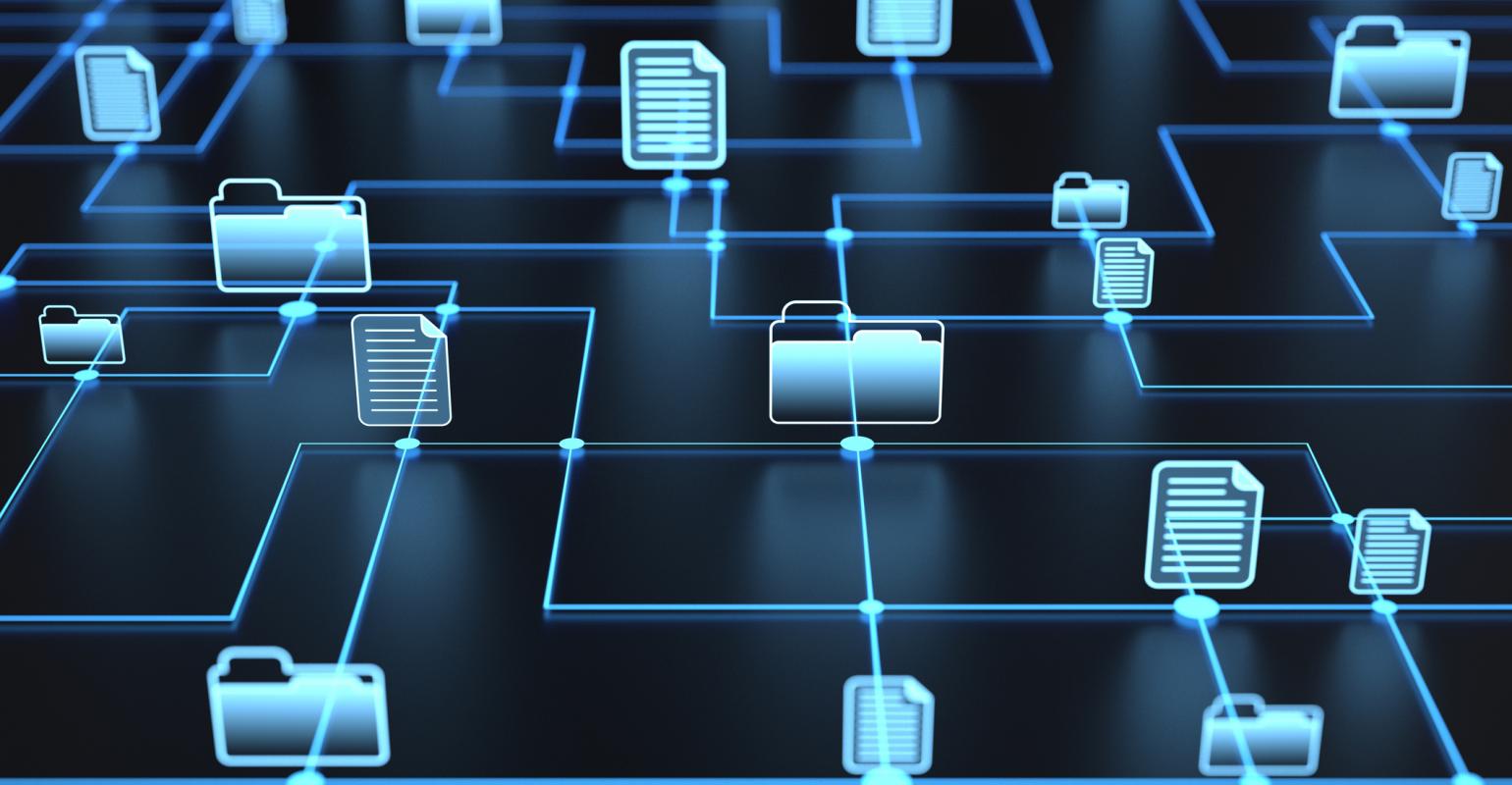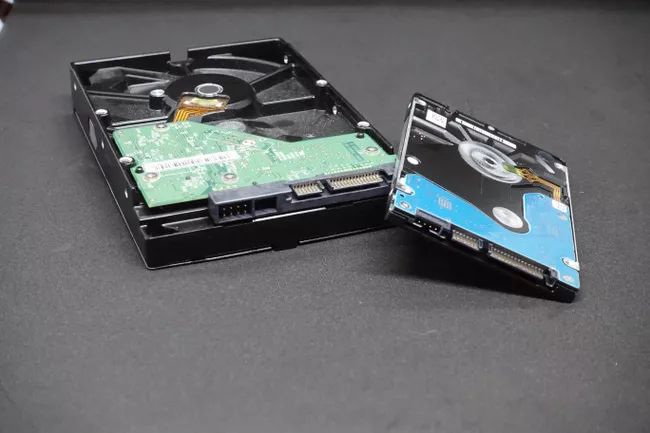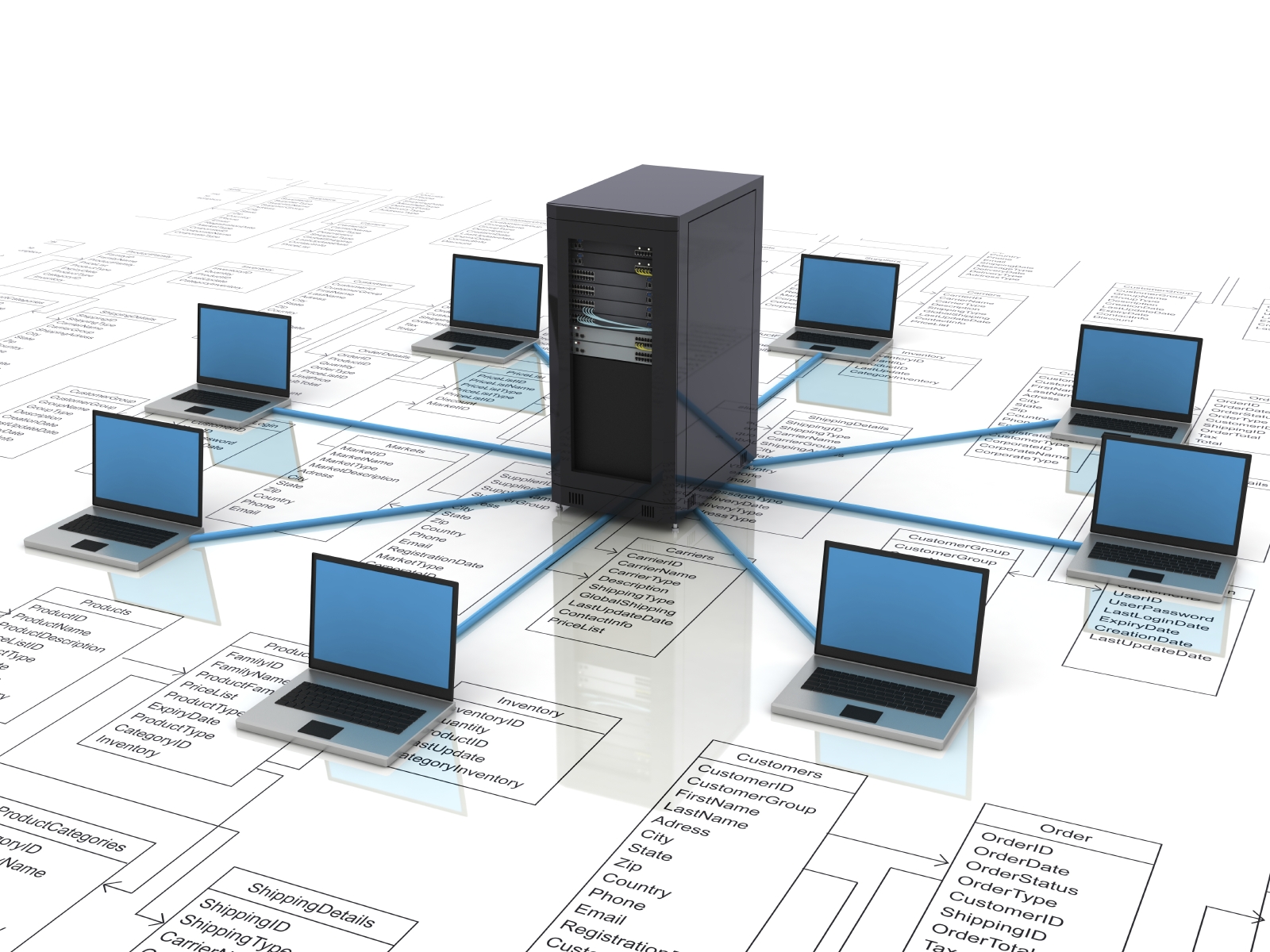Our computers have evolved to the point where most of us have a good portion of our lives stored on them. Our documents, photos, videos, financial information and much more reside on our computers. Keeping all of this important data backed up is critical if we don’t want to suffer a catastrophic loss at some point.
There are a number of backup types available which include file backups, image backups, differential backups, and incremental backups. The goal of this site is to educate you as to the pros and cons of each of the different backup types. We also want to make you familiar with the various media that can be used to store your precious data. These include removable media, internal drives, external drives, network backups, and cloud backup services. We’ll try to point you to some of the best software around so you can back up your valuable data with confidence.









